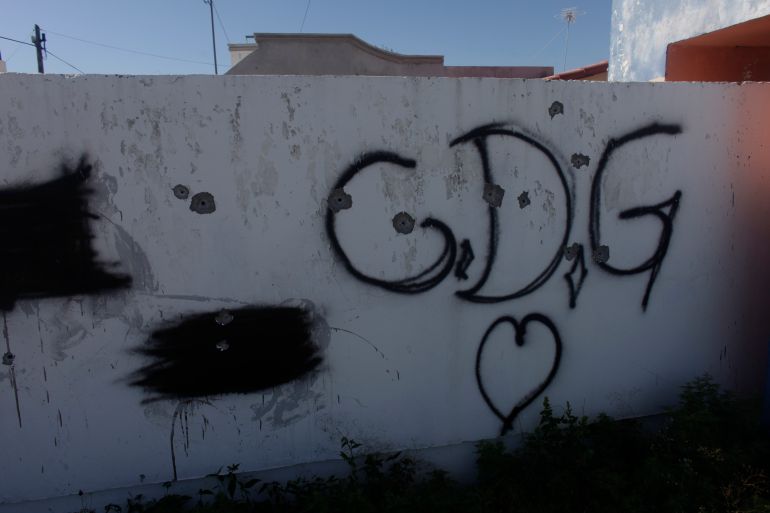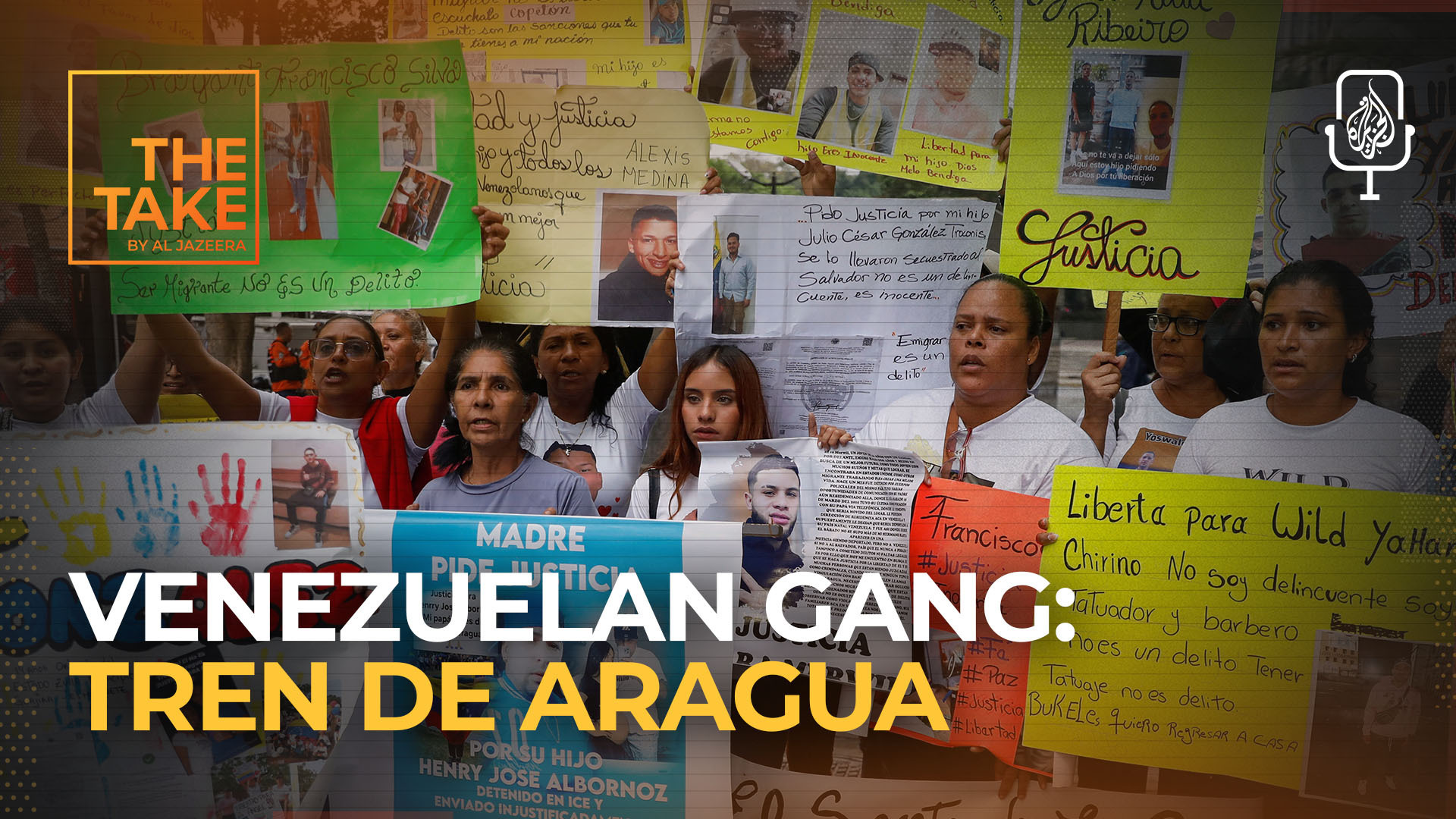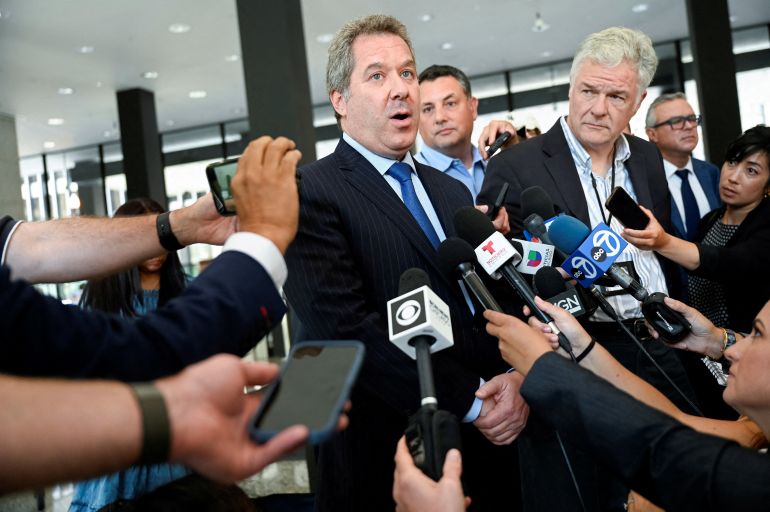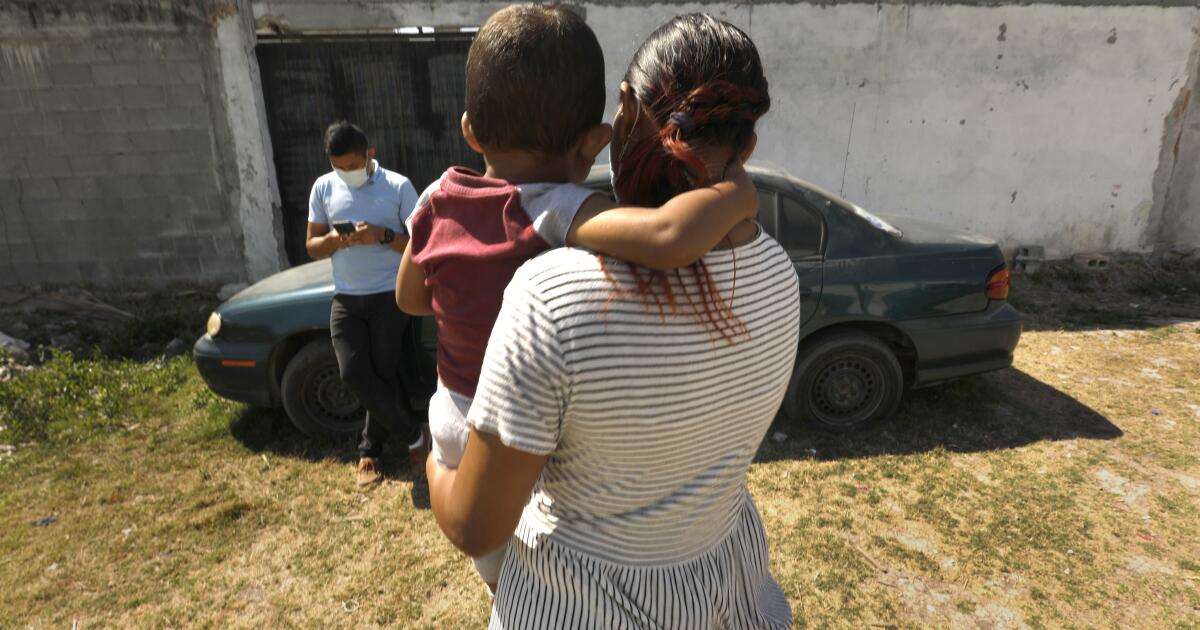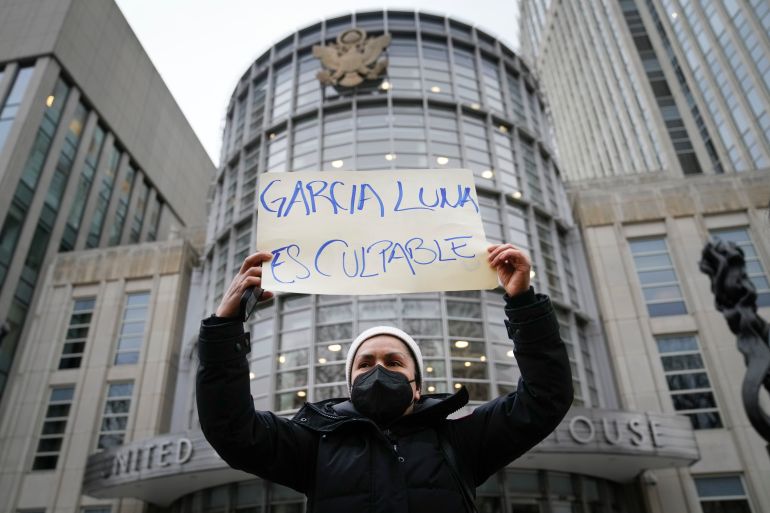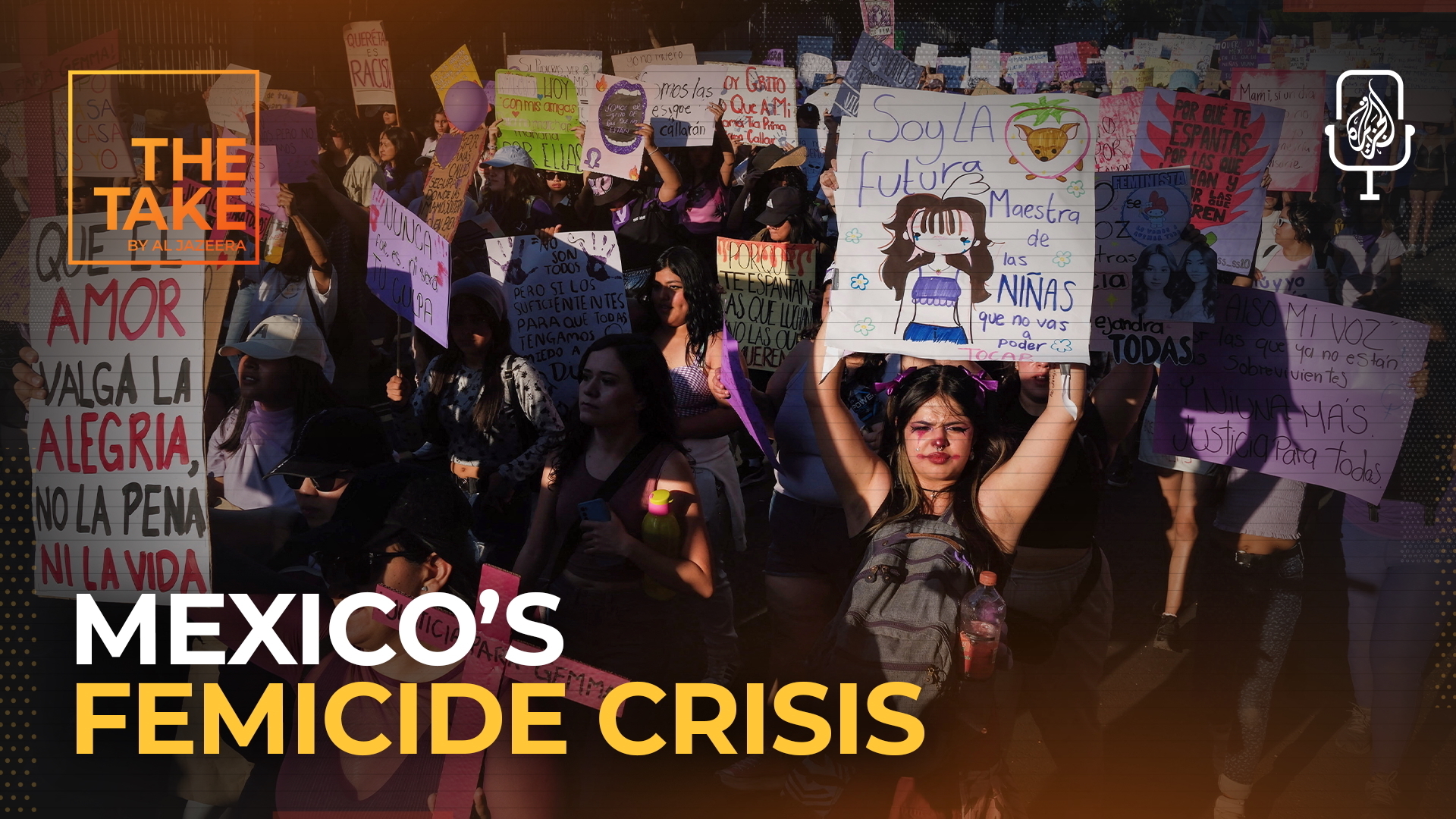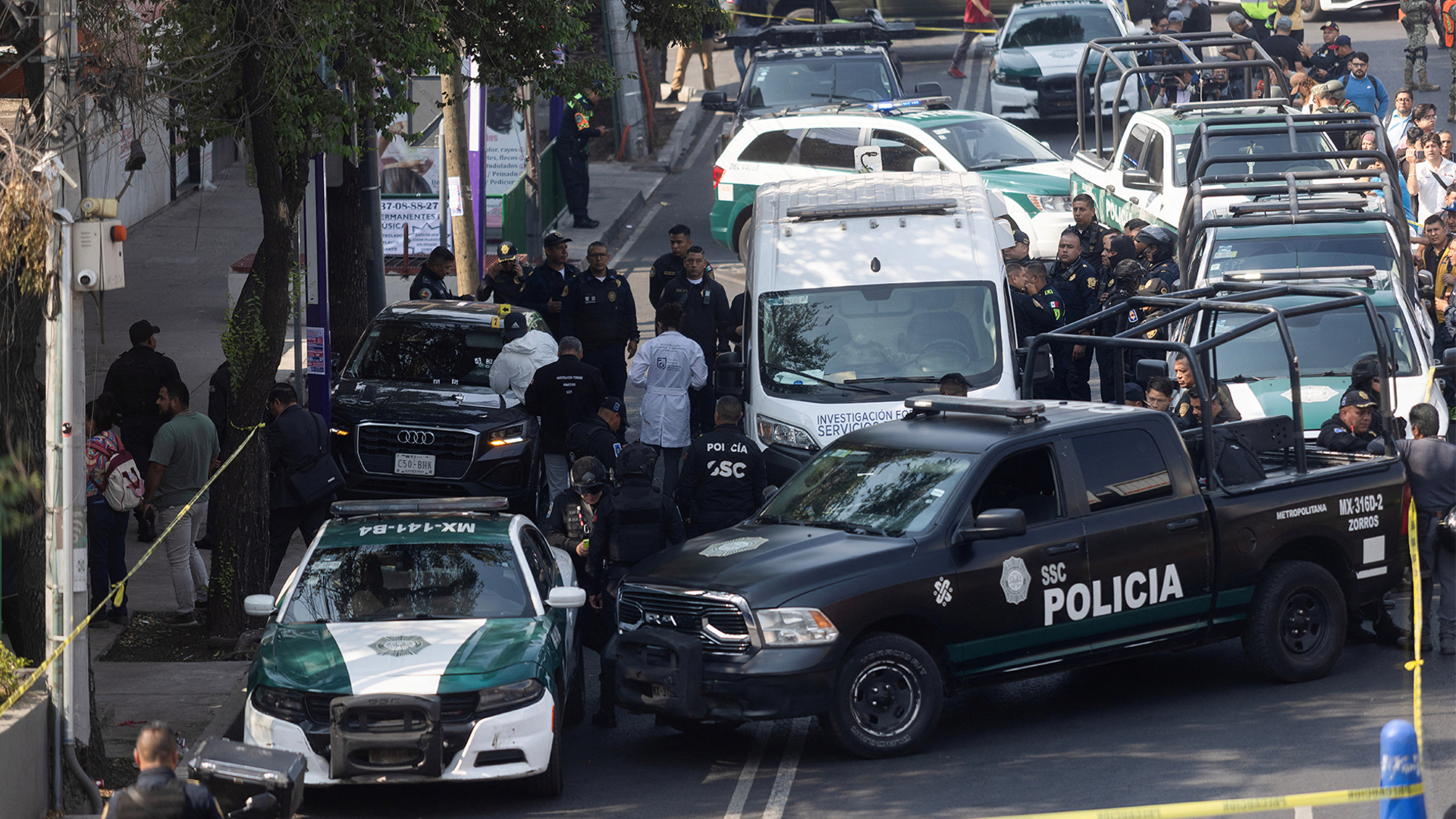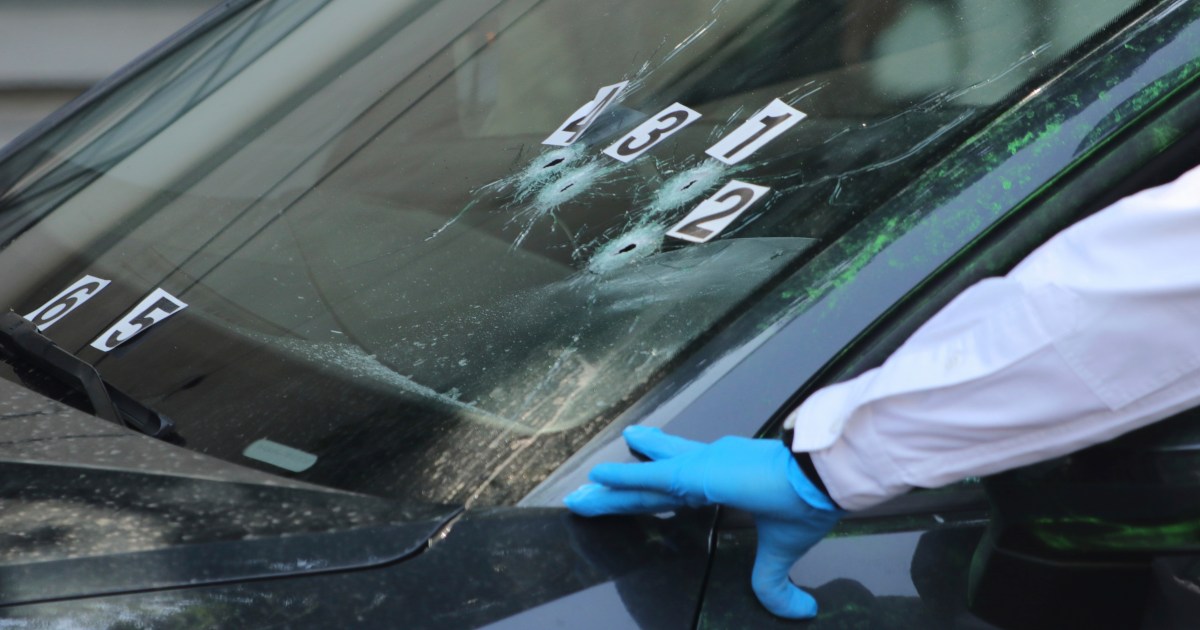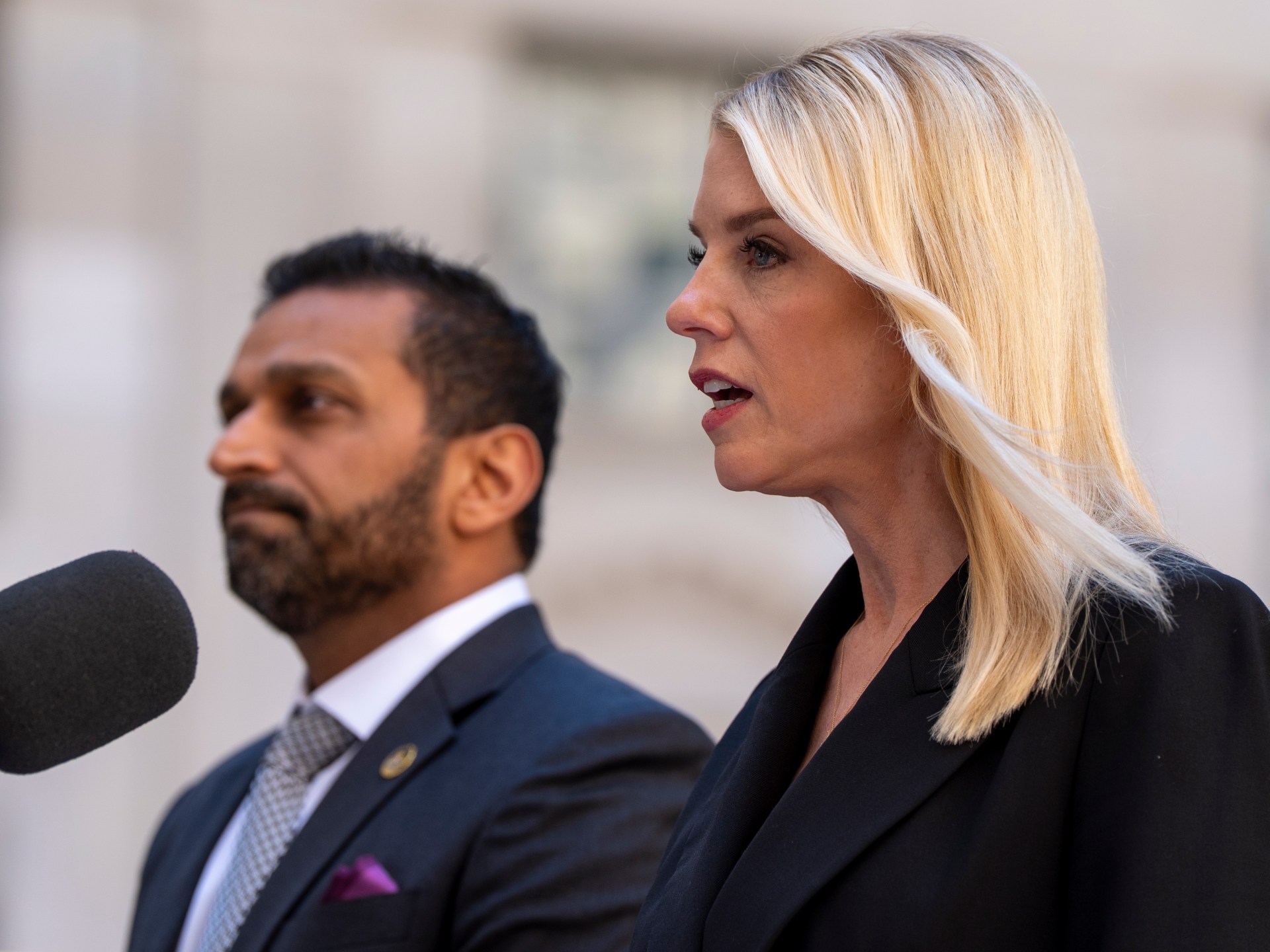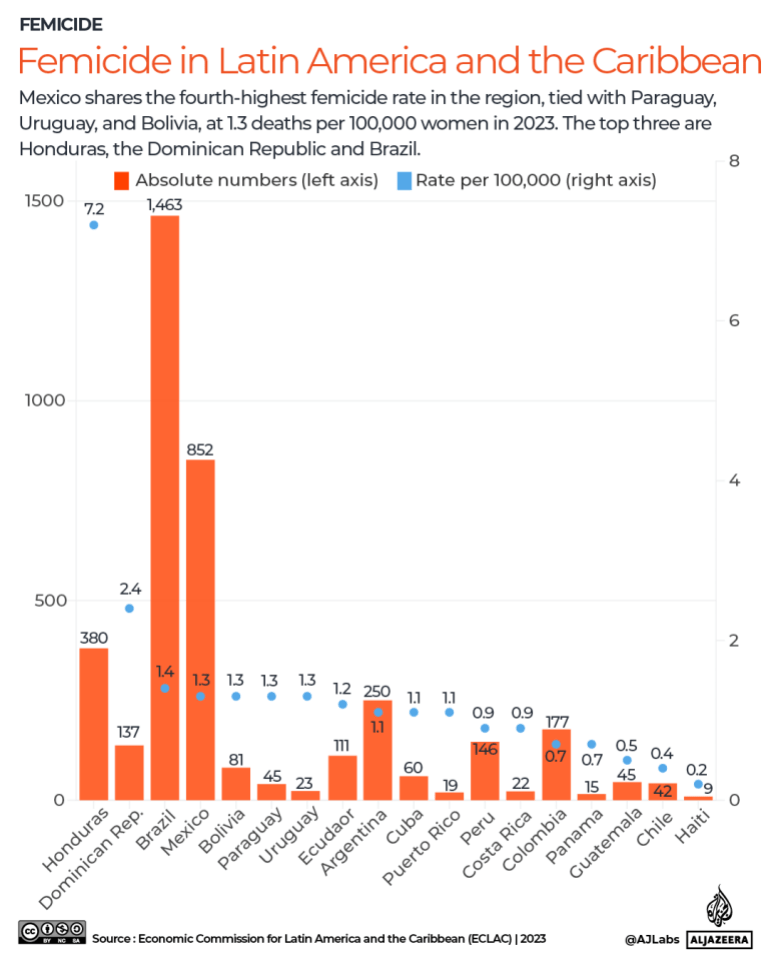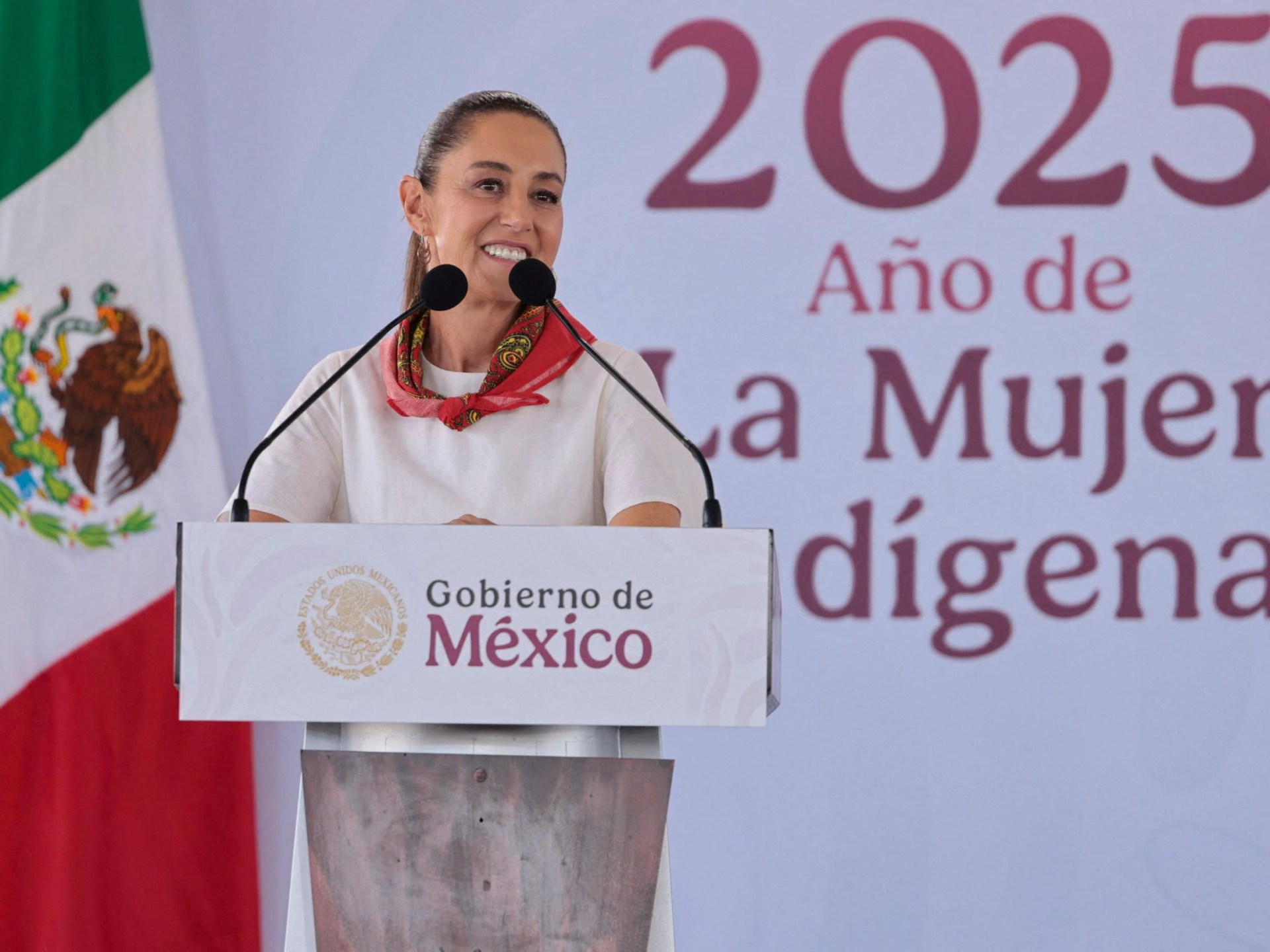Carlos Vela, LAFC and Mexico star, retires from professional soccer
I still remember the goal that made me feel lucky for living in Los Angeles during the era of Carlos Vela.
It was a cool Wednesday night in August 2019, and I was standing in the 200-level section of what is now known as BMO Stadium, trying to process what I had just seen. In the 41st minute of the match against the visiting San Jose Earthquakes, Los Angeles Football Club winger Diego Rossi fed Vela the ball a few yards outside the opponent’s box. The Mexico-born player effortlessly avoided a sliding tackle from behind, dribbled past a helpless defender and juked the keeper out of position, who fell to the ground, leaving the goal wide open. Another Quakes defender tried desperately to prevent the inevitable, but Vela easily sidestepped him and casually tapped the ball into the back of the net for his second goal of the night, and his 26th of the season.
Newsletter
You’re reading Latinx Files
Fidel Martinez delves into the latest stories that capture the multitudes within the American Latinx community.
You may occasionally receive promotional content from the Los Angeles Times.
It was the textbook definition of a golazo.
LAFC would go on to win 4-0, another victory in the team’s historic run to clinch the Supporters’ Shield, the first ever piece of hardware for the expansion team. Vela would finish the 2019 season with 34 goals (a single-season Major League Soccer record that still stands), 15 assists and MVP honors, delivering what many consider to be the single greatest individual performance in a season in league history.
On Tuesday, Vela, 36, announced his retirement from professional soccer. After nearly two decades of playing in four different countries; after representing Mexico at the international level in 72 matches; and after helping LAFC win two Supporters’ Shields and an MLS Cup, Charlie Candle is hanging up his cleats and calling it quits.
“Helping to build LAFC and winning trophies for the club is a highlight of my career,” Vela said via a statement released by the team. “This club means so much to me and my family, and I am proud of everything we have accomplished together with the great fans of Los Angeles.”
LAFC also announced that Vela would remain with the team as a club ambassador.
Learning of Vela’s retirement made me reflect on the feeling of excitement I felt that evening. I remember pulling up the highlight on YouTube and watching it over and over again. He was a wizard on the pitch, making the impossible look so easy and effortless. With each viewing, my admiration gave way to appreciation. I was thankful that the most gifted footballer in Mexican history was playing in my city, and that I could witness his greatness firsthand.
I didn’t always feel this way.
When LAFC announced in 2017, months before its inaugural season, that Vela would be its first star player, I was disappointed. Like most fans of the Mexican men’s national team, I interpreted his decision to leave Spanish club Real Sociedad for a U.S. team with no legacy or history as strictly a business move. Since launching in 1996, MLS has frequently attracted some of the biggest Mexican soccer legends. Cuauhtémoc Blanco, Rafa Marquez, Jorge Campos, Luis Hernandez, Carlos Hermosillo, Hugo Sanchez all played for MLS clubs during the waning years of their careers.
Vela, who was 28 at the time, was still in his prime. His successful multiyear stint in La Liga proved that he could go toe to toe with the likes of Lionel Messi and Cristiano Ronaldo. I wanted him to stay where he was, or at least move to a bigger European club. I felt that it was his obligation to sharpen his skills against the world’s best so that he could give Mexico a better chance at winning the World Cup, or, at the very least, move past the Round of 16 stage of the tournament. Never mind that Vela had already opted out of playing at the 2014 World Cup because of a strained relationship with the Mexican federation for non-soccer reasons.
Vela was the chosen one. He was a key member of the Mexico squad that won the 2005 FIFA under-17 World Cup (Vela was the tournament’s top goalscorer), and was at one point signed to English Premier League club Arsenal, which saw the young striker/winger as a potential heir to French superstar Thierry Henry.
For many, Vela choosing to play in the U.S. felt like a betrayal, and it further legitimized the accusation that Vela was perfectly fine squandering his talent. The prevailing narrative was that he treated soccer as nothing more than a job. The enigmatic footballer didn’t help his case by telling the press that he would much rather “watch a basketball game than a soccer one.”
My very strong feelings about what Carlos Vela should do with his career and his life didn’t stop me from going to LAFC’s home opener months later. Did I think he was slumming it? Absolutely. But he was still in his prime! And it just so happened that the small pond Vela chose to be a big fish in was a few miles from my house.
As the season progressed, my curiosity turned into casual interest, which quickly morphed into fandom. I even bought merch, a line I told myself I would never cross. Vela single-handedly made someone who had always looked at MLS with suspicion all of a sudden care about what happened in the league. My biggest soccer loves will forever be Club América and Liga MX, but Vela forced me to make some room in my heart for the black and gold.
None of this would have been possible if Vela had mailed it in. In all the times I watched him play, whether in person or on television, I never got the impression that he was going through the motions. He always fought hard for the ball and constantly tried to be the best player on the pitch. It was as if Vela derived pleasure in being a human highlight reel.

Los Angeles FC’s Carlos Vela hoists the trophy alongside teammates after defeating the Philadelphia Union in a penalty-kick shootout to win the MLS Cup soccer match Nov. 5, 2022, in Los Angeles.
(Marcio Jose Sanchez / Associated Press)
When LAFC finally won the MLS Cup in 2022, defeating the Philadelphia Union in penalties, it was an overjoyed Vela who lifted the trophy. He didn’t look like someone who was just clocking in and out. Vela embraced living in Los Angeles, and Los Angeles immediately embraced him back. I imagine that living in a universe full of stars afforded him some reprieve from the media scrutiny he has been subjected to for two decades. I’m sure it made it easier to love the game.
MLS and LAFC are deeply indebted to Vela. His move to L.A. helped an expansion club become one of the best teams in the league, as well as the most valuable soccer franchise in North America. According to Sportico, a news outlet specializing in the intersection of sports and business, LAFC has a $1.2-billion valuation, making it the 16th most valuable soccer franchise in the world.
“From the beginning, Carlos has been more than just a player — he has been the heartbeat, the captain, and the face of LAFC,” John Thorrington, the team’s co-president and general manager, said via a statement. “Carlos arrived in Los Angeles with a shared vision of building something truly special, and he delivered on that promise in every way. From unforgettable goals to historic victories, Carlos helped make LAFC what it is today.”
Sounds like the club ought to build Vela a statue. They can certainly afford it.
Do I still wish that he had played more for Mexico, or tried to max out his potential in Europe? Absolutely.
But I also can’t begrudge another Mexican for finding his bliss in our fair city. That would make me a hypocrite.
Consider subscribing to the Los Angeles Times
Your support helps us deliver the news that matters most. Become a subscriber.
New music we’re vibing to: ‘Gorgeous,’ by Isabella Lovestory
Beginning this week, the Latinx Files will feature a section that highlights new releases that have caught our ear.
In fusing Y2K-era bubblegum with racy reggaetón coqueteo, Honduran singer-producer Isabella Lovestory has successfully captured the femme fatale spirit of the modern Latina baddie. She garnered ample buzz for her neo-perreo fusion in 2020’s “Mariposa,” and continues the momentum in her new single “Gorgeous,” a confidence-boosting track sung in Spanglish. Evoking the slinky pop-adjacent bounce of R&B legends like Aaliyah and Destiny’s Child, “Gorgeous” will appear on Lovestory’s upcoming album “Vanity,” out June 27.
— Suzy Exposito
Comic: Good immigrant, bad immigrant.
Periodically, the newsletter will feature a comic strip from a contributing artist. This week’s offering comes courtesy of Julio Salgado, a queer Mexicano-born artist who grew up in Long Beach, Calif. Through the use of art, Salgado has become a well-known activist within the DREAM Act movement. Salgado uses his art to empower undocumented and queer people by telling their story and putting a human face to the issue.






(Julio Salgado/For De Los)


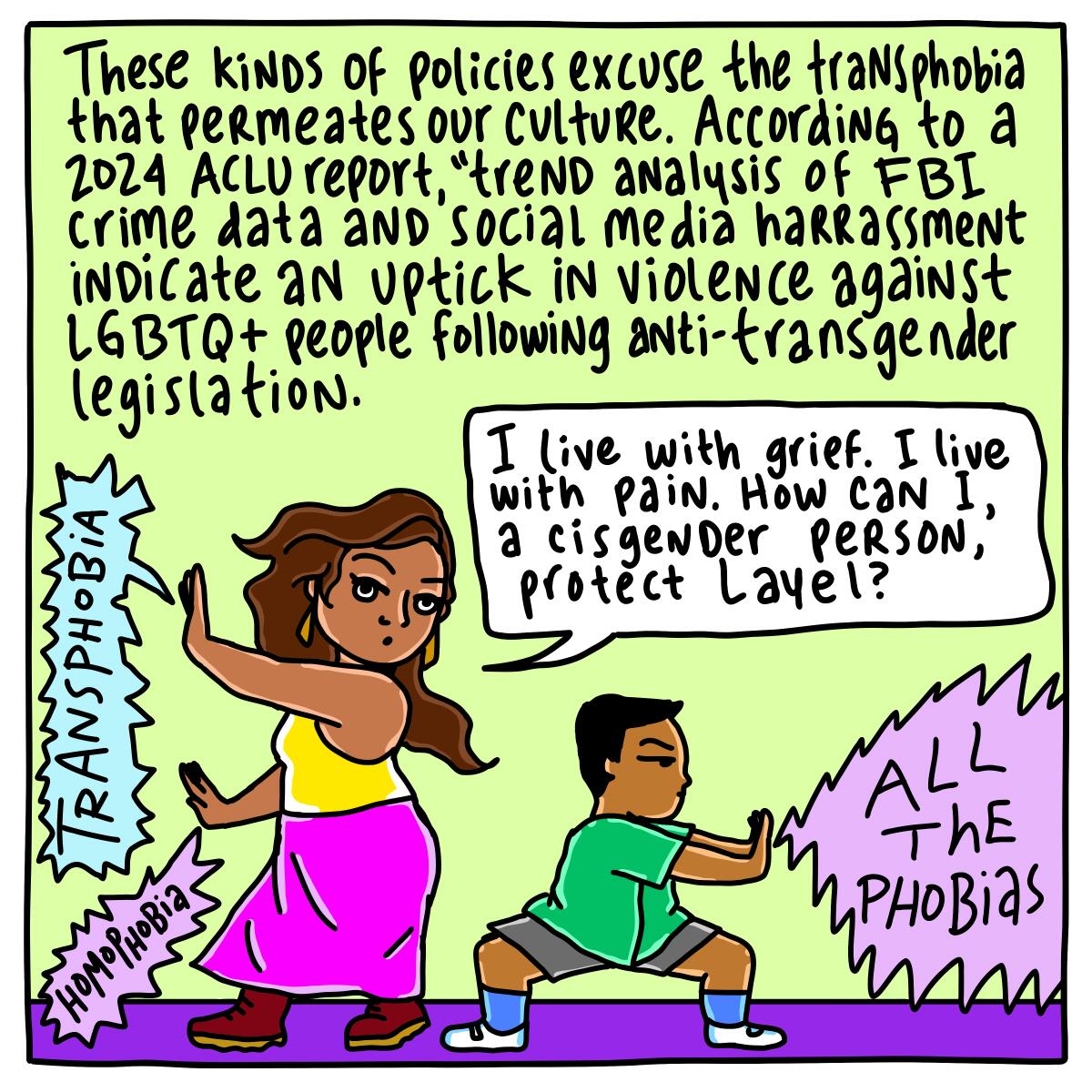

Stories we read this week that we think you should read
How “Uvalde Mom” director Anayansi Prado captured the heart of a town in trauma
The director of new documentary “Uvalde Mom” spoke with The Times about capturing a Texas community shaken by a mass shooting.
In Vietnam, an unlikely outpost for Chicano culture
An outpost for Chicano culture in Vietnam attracts community — and occasional concerns among older generations inclined to associate tattoos with gangs.
Esai Morales is the bad guy in “Mission Impossible.” He’s embracing it
The Brooklyn-born Puerto Rican actor discusses his villainous role in “Mission: Impossible — The Final Reckoning,” and speaks on his legacy.
For rising corrido star Óscar Maydon, humility is key
On the heels of his performance at Chicago’s Sueños Festival, the Mexican singer-songwriter talks about his upcoming album, his first headlining U.S. tour and the true meaning of his big hit, “Tu Boda.”


